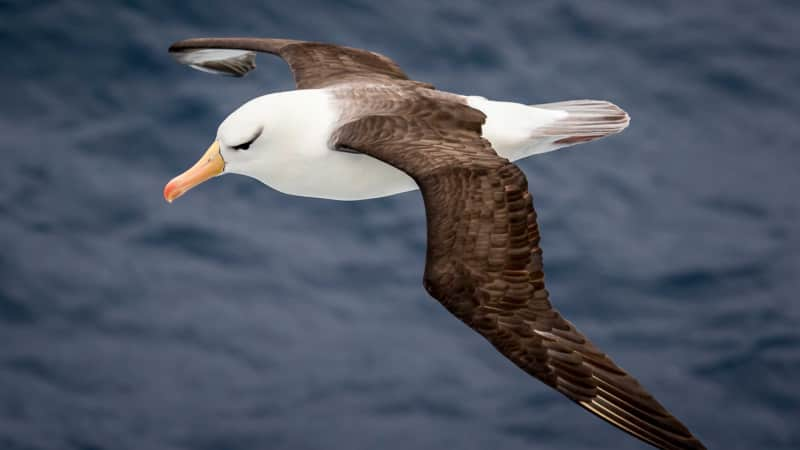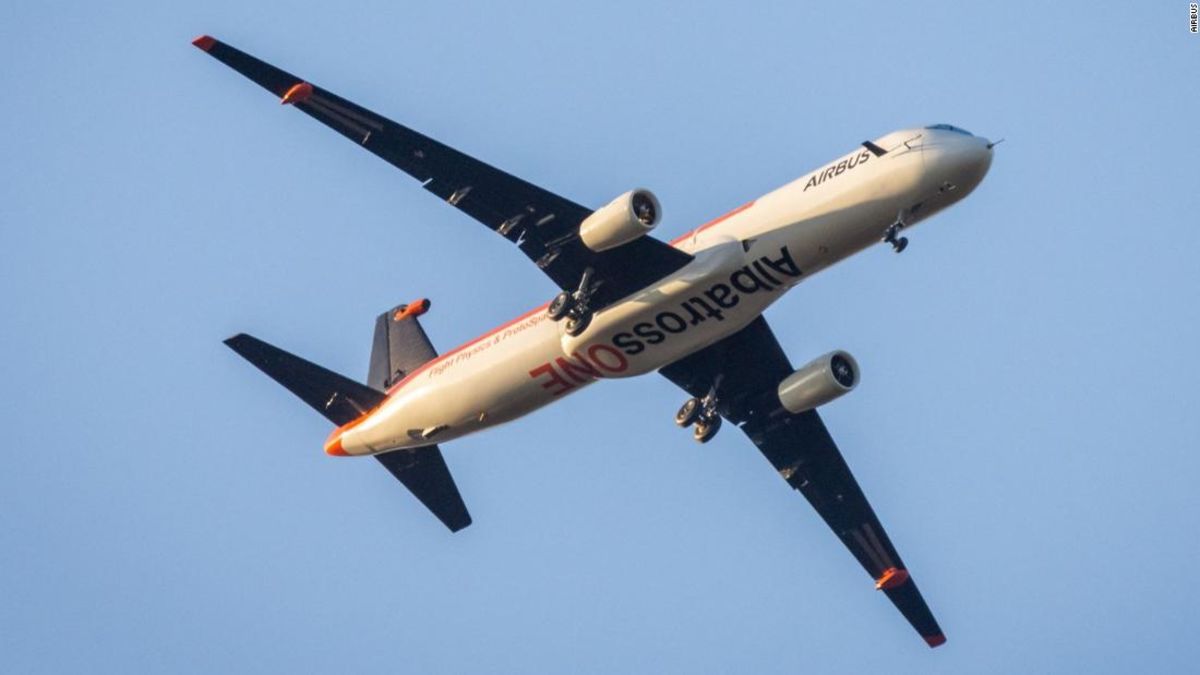Airbus’ newest addition the “AlbatrossOne”, a model based on the A321, is constructed from carbon-fiber and glass-fiber-reinforced polymers and has “semi-aeroelastic” hinged wing-tips.
The freely flapping wingtips react and flex to wind gusts, reducing drag and combating the effects of turbulence.

The airplane’s flapping wing tips are inspired by the albatross.
Shutterstock
The aircraft was inspired by the albatross, a sea bird able to stay in the air for hours in windy weather with little wing exertion.
“Military jets employ them to allow greater storage capacity on aircraft carriers. However, AlbatrossOne is the first aircraft to trial in-flight, freely flapping wing tips—which account for up to a third of the length of the wing,” he added.
For now, the “AlbatrossOne” is still being tested — after a 20-month development programme, the first flight tests were concluded in February, Airbus said.
The airplane manufacturer will continue to conduct more test flights that combine the two flight modes, examining the transition as the wingtips unlock during flight.
Airbus has also turned to other parts of the natural world to for aircraft design solutions. For the past two years, the manufacturer has been fitting certain jetliners with small “riblet” patches — textured surfaces applied to the fuselages and wings that mimic the effect of sharkskin in an attempt to reduce drag during high-speed cruise flight.
